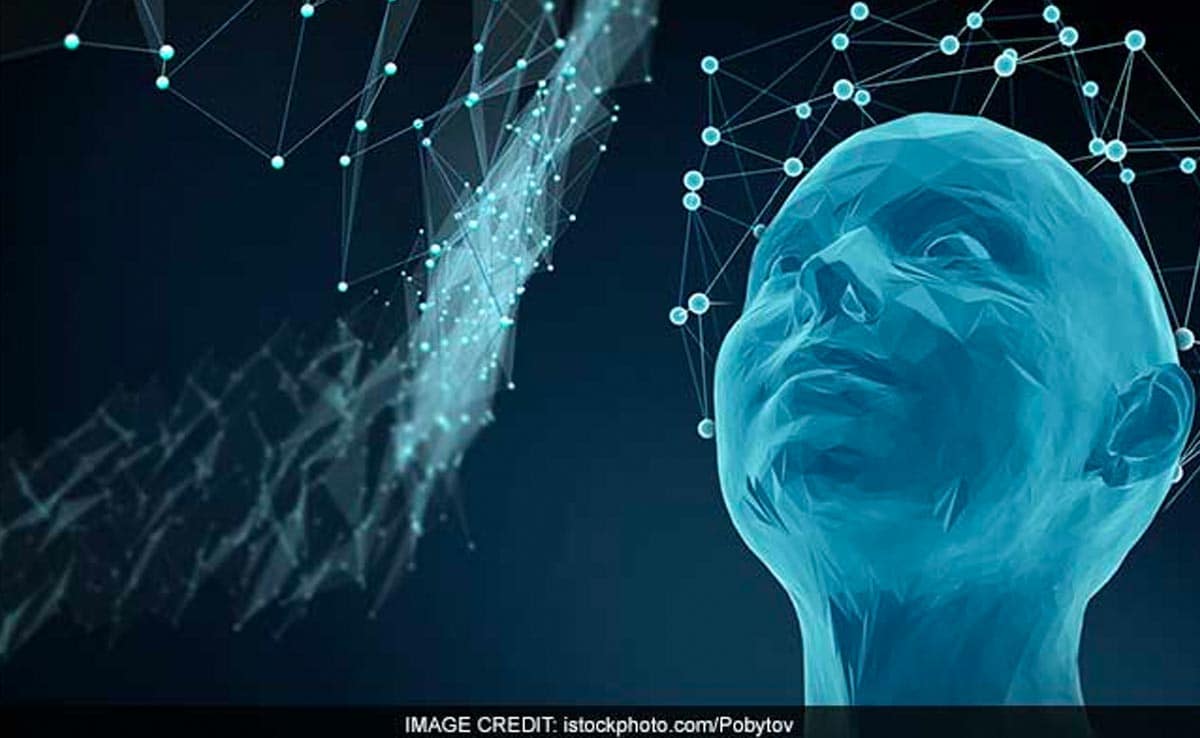With advancements in technology such as AI leading to the creation of deepfakes and instances of policing techniques being influenced by prejudices, it often seems like the wrongdoers hold the advantage in the ongoing battle between law enforcement and criminals. The prospect of integrating AI into crime-fighting scenarios may evoke concerns about potential high-tech errors and conflicts.
Nonetheless, there are instances where AI pleasantly surprises us, as demonstrated in the case of the Geeta Colony flyover incident. This particular situation showcased the effective and ethical use of AI to emphasize that, amidst the advancements in high-tech crime-solving methods, upholding human dignity remains paramount.
The Geeta Colony Breakthrough
In a chilling morning in January under the Geeta Colony bridge in East Delhi, the police stumbled upon the body of a young boy devoid of any identification or information about his identity. Faced with a perplexing situation, the police opted for a novel approach by leveraging artificial intelligence (AI) to reconstruct the boy’s visage before his tragic demise.
The utilization of AI proved instrumental as the police embarked on an innovative strategy. Generating an AI-rendered image of the boy, they produced around 500 banners and disseminated them across the city, along with sharing the information in various WhatsApp groups. This initiative almost seemed like a resurrection of the boy to unravel the mystery surrounding his identity.
The efforts bore fruit when the boy’s brother identified him from one of the banners. The victim was identified as Hitendra, whose untimely demise stemmed from a heated altercation with three individuals. Subsequently, the police successfully located and apprehended the three culprits, along with an accomplice who aided in concealing the crime. The role of technology in unraveling this enigma is undeniably remarkable.
Upon conversing with Mukesh Singh Sengar from NDTV, I gained insights into the meticulous approach adopted by the police. Rather than settling for a generic image of the victim through AI, they delved deeper to create a lifelike and contextually relevant representation. The enhancement by the technology team, which brightened the image, adjusted the skin tone, and depicted open eyes, significantly contributed to the recognition process. This endeavor granted the victim a second chance at being identified.
Subsequently, the police continued their endeavors by modifying the backgrounds of the images to include common locales like a railway station. This endeavor transcended mere technological prowess; it underscored the importance of community engagement. The altered images prompted individuals to recollect sightings, leading to a breakthrough in the case. The success story underscores the remarkable potential of AI to humanize the identification process. When technology empathizes with individuals, its efficacy shines through.
The narrative of the Geeta Colony incident evoked memories of my visit to the National Crime Records Bureau (NCRB) five years ago. Witnessing firsthand the human element in solving crimes that morning left an indelible impression.
Human Touch in Crime Resolution: Man vs. Machine
During my visit to the National Crime Records Bureau in April 2018 alongside Ish Kumar, the then Director General, and his team, I encountered a seasoned inspector specialized in handling missing persons cases. His adeptness in juxtaposing images of unidentified deceased individuals with data on missing persons was akin to a sixth sense.
The statement by Ish Kumar, expressing a desire to imbue AI with the detective’s acumen, resonated deeply with me.
Can AI truly emulate the intuition of a human investigator?
The recent account of AI’s contribution to a murder case in Delhi immediately triggered recollections of that encounter. It prompted contemplation on the progress made by AI in crime-solving since 2018 and raised a pivotal question: Can AI effectively supplant the human element in comprehending and resolving crimes as it advances?
Engaging in a dialogue with the NCRB analyst back then, I pondered, “While I predominantly identify deceased individuals, the gratification lies in offering closure to their families.”
Can AI, driven solely by data and algorithms, genuinely rival human intuition and satisfaction? How does the warmth of human insight intersect with the cold logic of AI? What do we stand to gain or lose in this alliance?
AI Crossing Boundaries
The narrative surrounding Geeta Colony stands as a beacon of how AI can be harnessed in law enforcement. It underscores the significance of maintaining a human-centric and uncomplicated approach, rather than fixating solely on technological systems.
Balancing the scale between the notable errors associated with AI, as exemplified by cases like Geeta Colony, and its positive impacts poses a significant challenge. Who should oversee the integration of AI and associated techniques? The resolution to this query holds the potential to reshape the very fabric of justice in our society.






